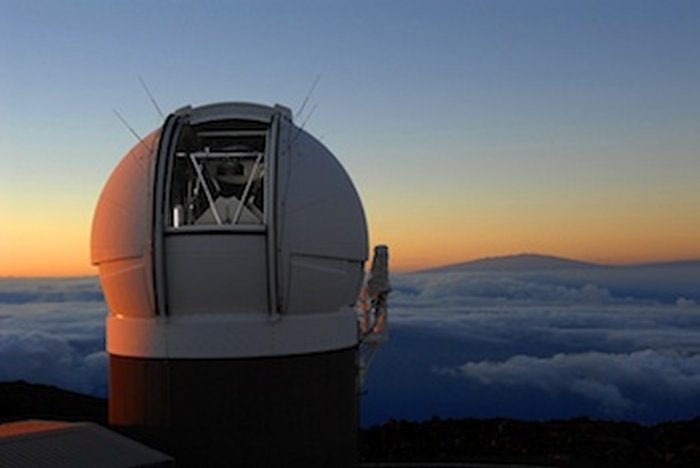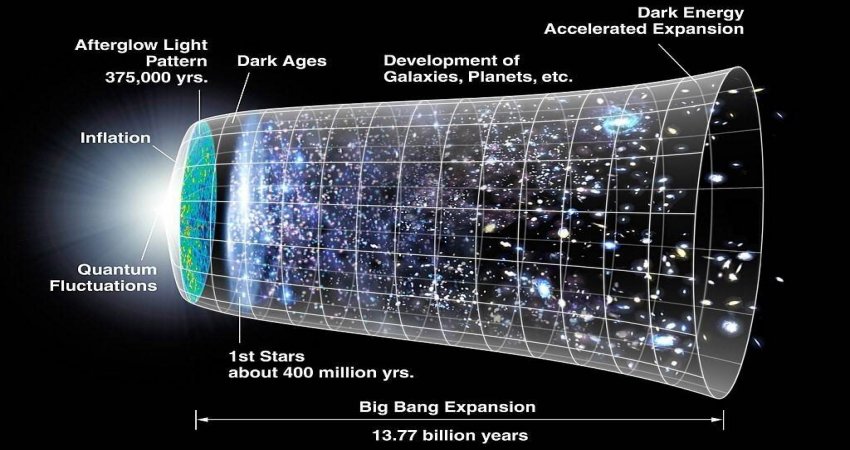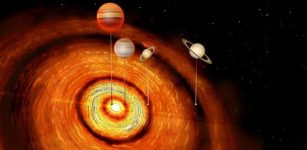World’s Largest Digital Sky Survey Delivers Biggest Astronomical Data Release Ever
MessageToEagle.com – The world’s largest digital sky survey releases the second edition of data from Pan-STARRS (the Panoramic Survey Telescope & Rapid Response System).
This second release is the largest volume of astronomical information ever released. The amount of imaging data is equivalent to two billion selfies, or 30,000 times the total text content of Wikipedia. The catalog data is 15 times the volume of the Library of Congress.

The Pan-STARRS observatory consists of a 1.8-meter telescope equipped with a 1.4-billion-pixel digital camera, located at the summit of Haleakalā, on Maui. Conceived and developed by the IfA, it embarked on a digital survey of the sky in visible and near-infrared light in May 2010.
Pan-STARRS was the first survey to observe the entire sky visible from Hawai’i multiple times in many colors of light. One of the survey’s goals was to identify moving, transient, and variable objects, including asteroids that could potentially threaten the Earth. The survey took approximately four years to complete, scanning the sky 12 times in five filters.
“Pan-STARRS DR2 represents a vast quantity of astronomical data, with many great discoveries already unveiled.,” Dr. Heather Flewelling, a researcher at the Institute for Astronomy in Hawai’i, and a key designer of the PS1 database, said in a press release.
These discoveries just barely scratch the surface of what is possible, however, and the astronomy community will now be able to dig deep, mine the data, and find the astronomical treasures within that we have not even begun to imagine.”
“The Pan-STARRS1 Survey allows anyone access to millions of images and catalogs containing precision measurements of billions of stars, galaxies, and moving objects,” said Dr. Ken Chambers, Director of the Pan-STARRS Observatories.
“While searching for Near Earth Objects, Pan-STARRS has made many discoveries from ‘Oumuamua passing through our solar system to lonely planets between the stars; it has mapped the dust in three dimensions in our galaxy and found new streams of stars; and it has found new kinds of exploding stars and distant quasars in the early universe. We hope people will discover all kinds of things we missed in this incredibly large and rich dataset.”
MessageToEagle.com










